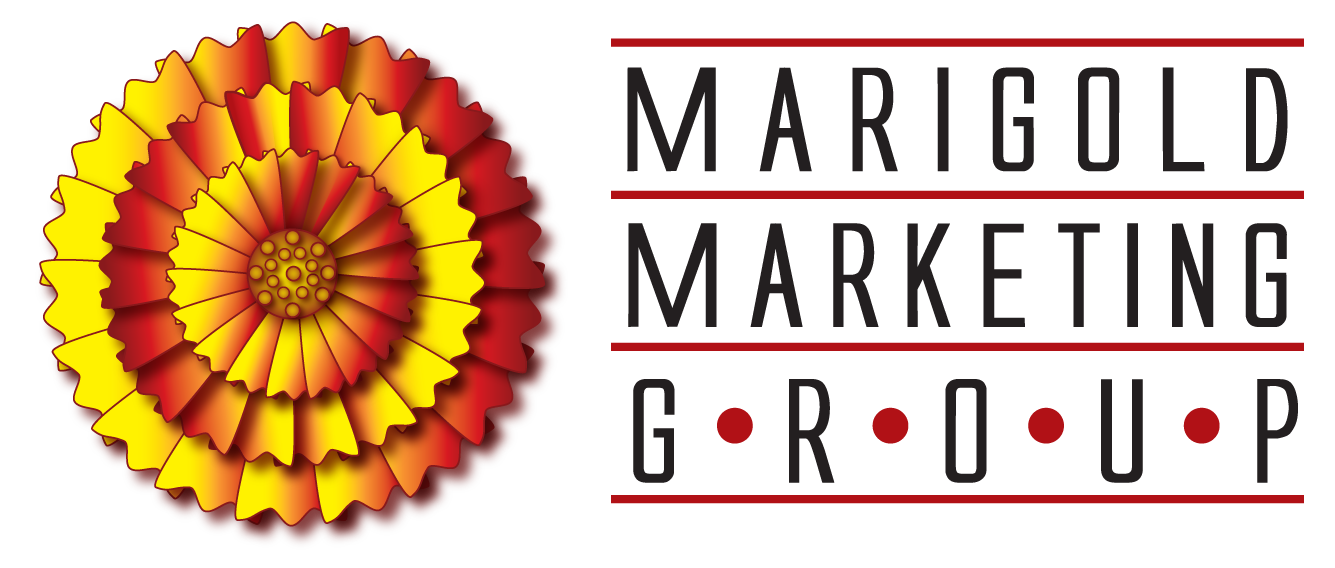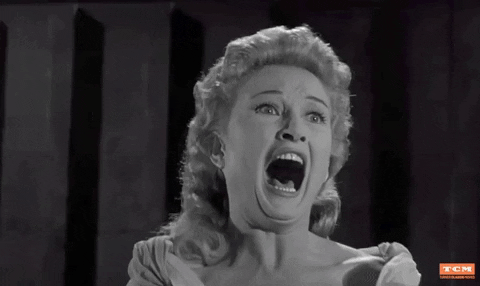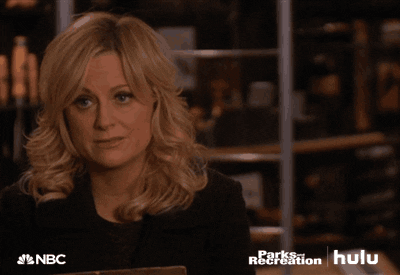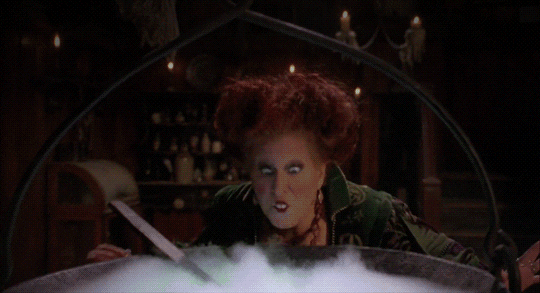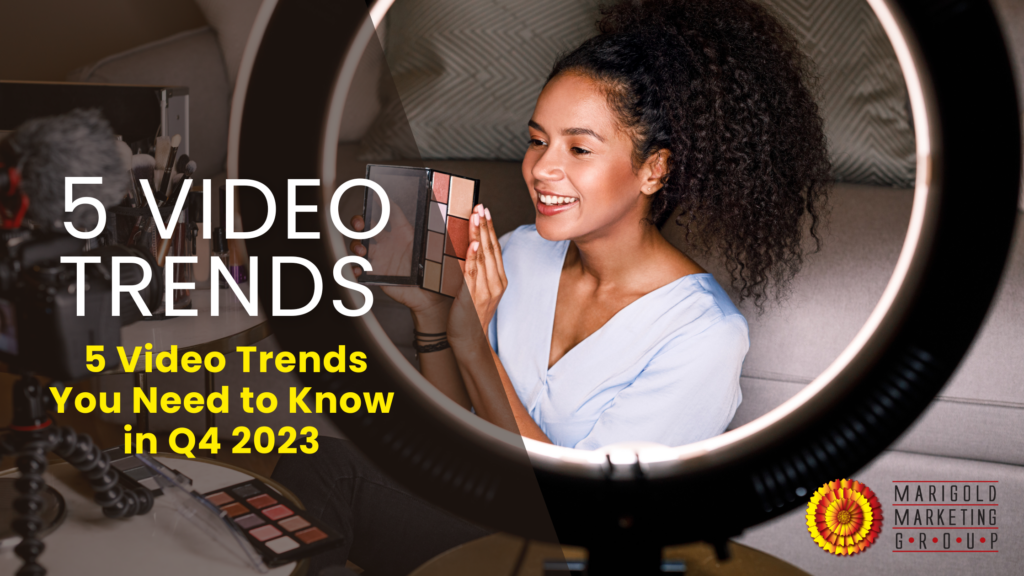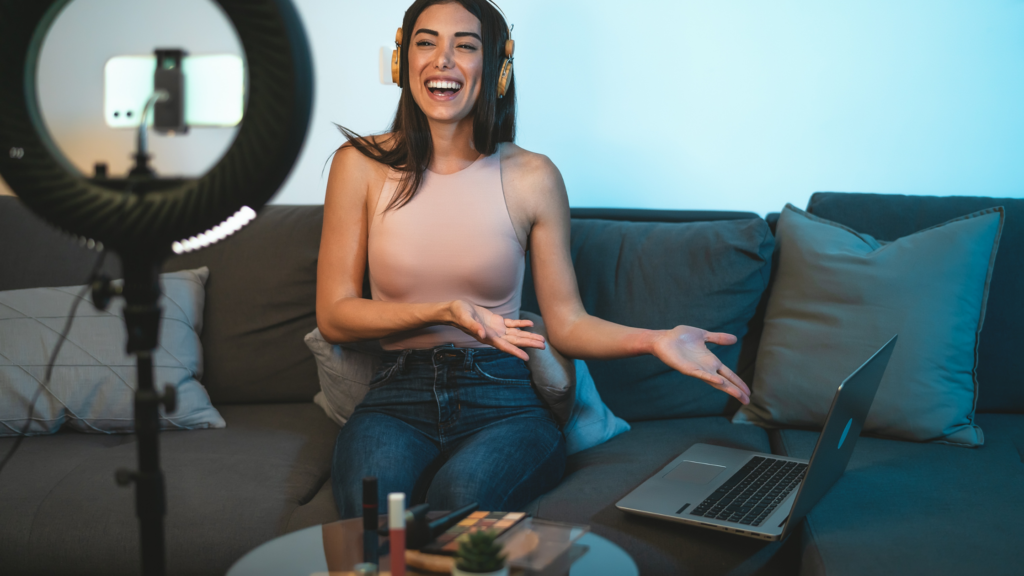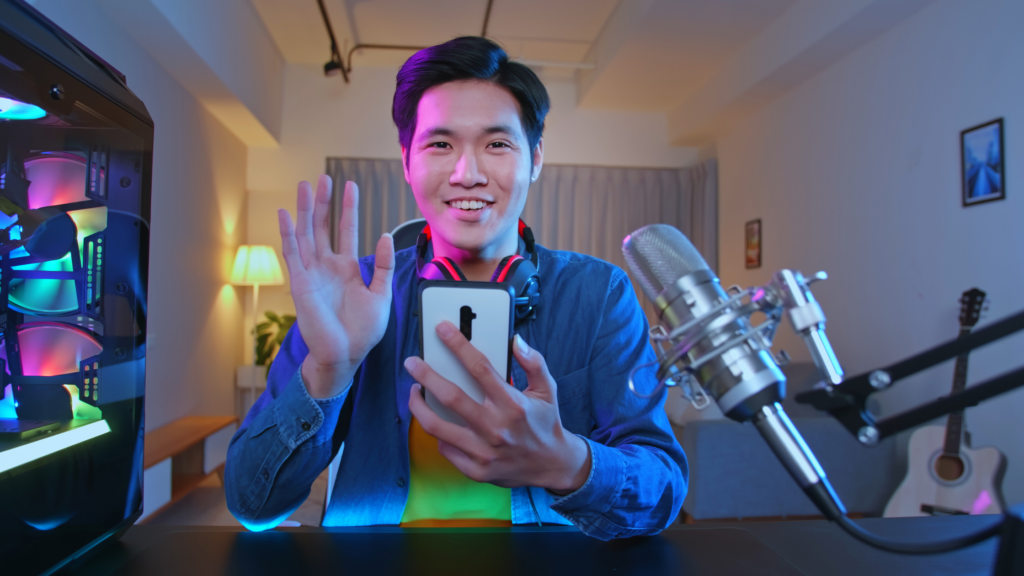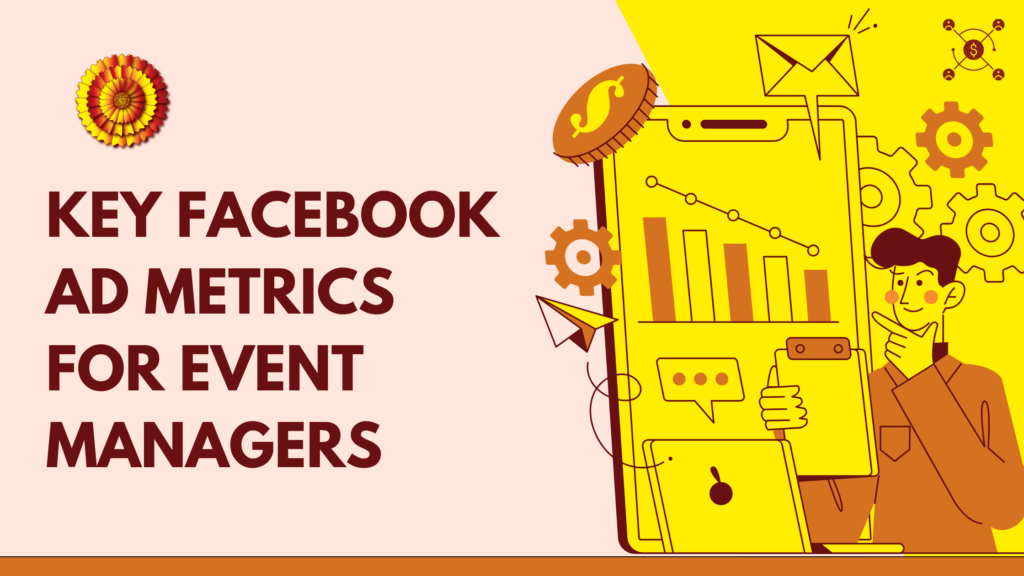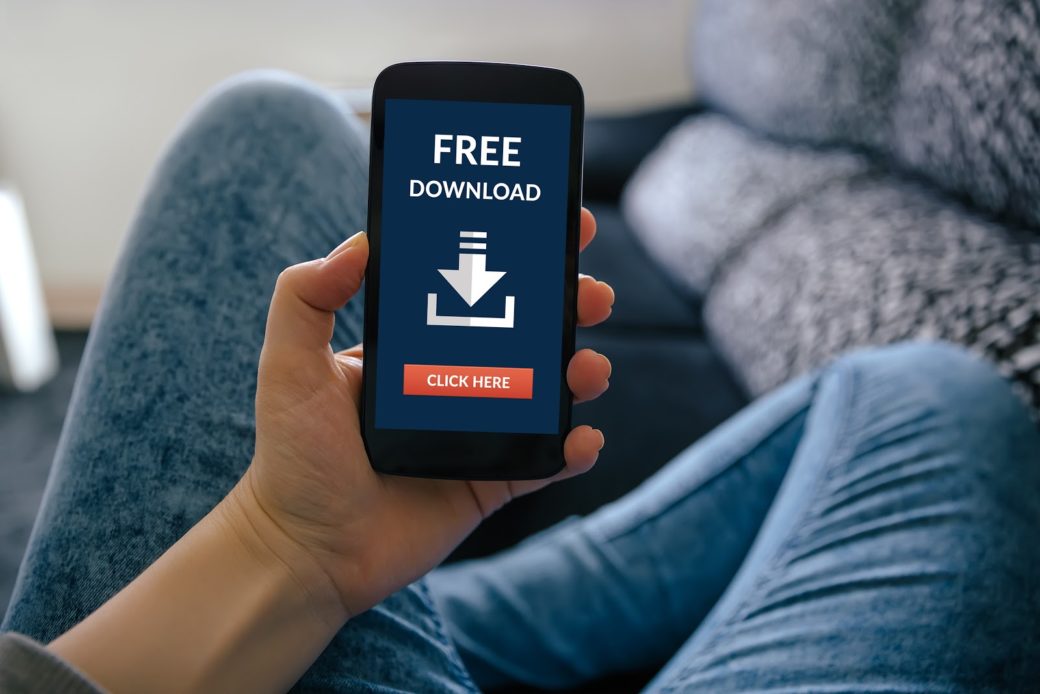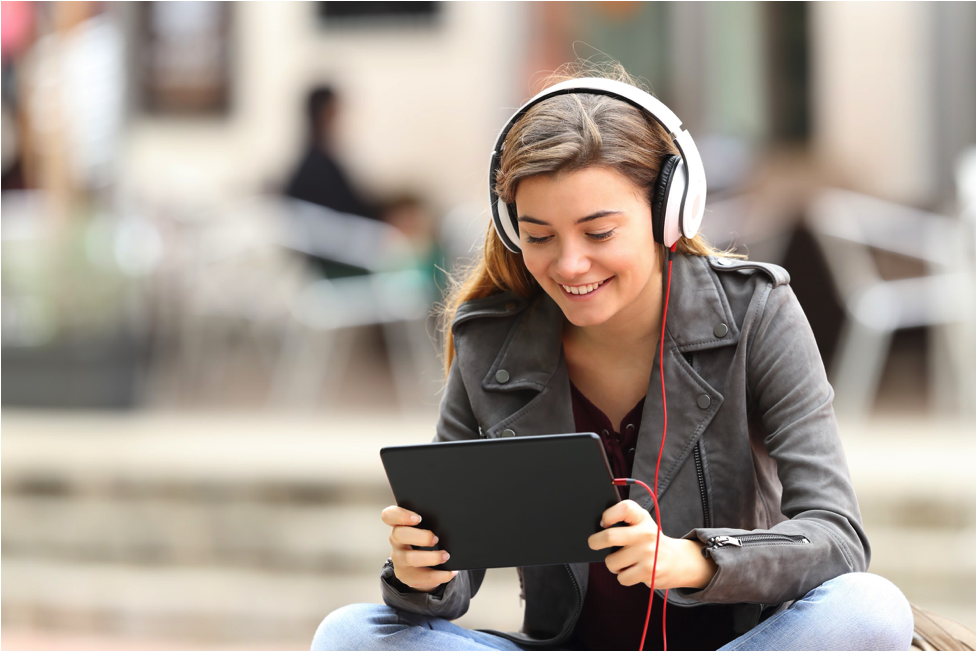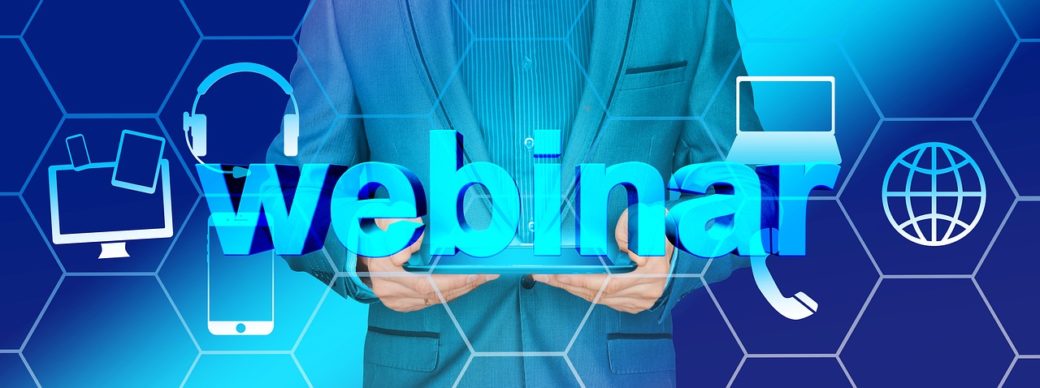How to Increase ROAS: Tapping into the Power of Facebook Ads

Scroll down to learn all of our tips and tricks to increase ROAS!
It’s an exciting time to be in digital marketing, especially when it comes to leveraging the power of Facebook Ads.
The goal of this blog post is to unravel the secrets of increasing Return on Ad Spend (ROAS) – a metric that stands as a cornerstone in our industry.

Facebook isn’t just a social media platform; it’s a dynamic advertising powerhouse.
Navigating this platform effectively requires more than just a basic understanding of digital marketing; it requires insight, strategy, and a bit of creativity.
This guide is crafted to be your roadmap in the ever-evolving landscape of Facebook advertising.
We aim to transform complex metrics and strategies into practical, actionable knowledge.
Think of it as a workshop in written form, where we break down the essentials of ROAS, share industry best practices, and explore the latest tools and trends.
Terms Every Paid Traffic Master Must Know
The Basics of ROAS in Facebook Advertising
ROAS, short for Return on Ad Spend, is a key metric in digital advertising, especially with Facebook Ads. It helps you understand how profitable your ads are.
Let’s break it down into simpler terms:
- What is ROAS?:
- It’s a measure of how much money you make from your ads compared to how much you spend on them.
- Think of it like a report card for your ad campaigns, showing if your money is well-spent.
- Calculating ROAS:
- First, find out how much money your Facebook ads are bringing in. You can use Facebook’s analytics or your e-commerce platform for this.
- Next, add up all the money you’ve spent on these ads, including costs for creating and running them.
- Do some simple math: Divide the revenue from ads by the total ad spend. For example, if you make $5,000 from ads that cost $1,000, your ROAS is 5. This means you earn $5 for every $1 spent.
- Improving ROAS on Facebook Ads:
- Targeting the Right Audience: Use Facebook’s tools to target your ads to people most likely to be interested.
- Optimizing Ad Placement: Use Facebook’s Automatic Placements tool to show your ads in spots where they’ll perform best.
- Managing Your Budget: Use Facebook’s Campaign Budget Optimization to ensure your money goes to the best-performing ads.
- Tracking Your Ads: Use tools like the Facebook Pixel and Conversion API to see how well your ads are converting viewers into customers.
- Why Facebook’s AI is Awesome:
- It helps target your ads more effectively.
- It optimizes how and where your ads are shown.
- It learns from your ad performance to make future campaigns even better.
Understanding and using ROAS effectively, especially with Facebook’s tools and AI, can really boost the performance of your ad campaigns. It’s all about spending your ad budget wisely and making sure your ads reach the right people.
Strategies for Enhancing ROAS on Facebook Ads
Increasing ROAS (Return on Ad Spend) involves several key factors that can significantly enhance the effectiveness and profitability of your advertising campaigns. Here’s a breakdown of some crucial elements:
- Targeting Precision:
- Sharpen your targeting to reach the most relevant audience. Utilizing detailed demographic, geographic, psychographic, and behavioral data helps in targeting ads to users more likely to convert.
- High-Quality Ad Creative:
- Invest in creating compelling and high-quality ad content. This includes visually appealing images or videos, engaging and clear copywriting, and strong calls-to-action. Ads that resonate with the audience tend to have higher engagement and conversion rates.
- Optimized Landing Pages:
- Ensure that the landing pages your ads link to are optimized for conversions. This means they should be relevant to the ad content, load quickly, be easy to navigate, and have a clear call-to-action.
- A/B Testing:
- Regularly test different elements of your ads, such as headlines, images, and calls to action. A/B testing helps identify what works best with your audience, allowing for continuous improvement of ad performance.
- Effective Budget Allocation:
- Wisely allocate your ad spend. Analyze which campaigns or ad sets are performing well and allocate more budget to them. Conversely, reduce spending on underperforming ads.
- Utilizing Analytics and Data:
- Leverage data and analytics to make informed decisions. Regularly review your ad performance data to understand what’s driving success and where there’s room for improvement.
- Ad Format and Placement Strategy:
- Choose the right ad formats and placements that align with your campaign goals. Different formats and placements can yield varying results, so it’s essential to align them with your specific objectives.
- Understanding the Customer Journey:
- Tailor your ads according to the different stages of the customer journey. Different messages and calls-to-action might be needed for customers at the awareness stage compared to those ready to purchase.
- Seasonality and Timing:
- Consider the timing of your campaigns. Align your ad campaigns with seasonal events, holidays, or specific times of the day or week when your audience is most active.
- Long-Term Customer Value:
- Focus on acquiring customers who have the potential for high lifetime value. It’s not just about the initial conversion but also about fostering long-term relationships with customers.
By focusing on these factors, you can increase the effectiveness of your ad campaigns, leading to a higher ROAS. The key is continuous testing, learning, and adapting to what works best for your target audience and business goals.
As we wrap up our exploration into maximizing ROAS with Facebook Ads, let’s recall the wise words of Philip Kotler:
“Marketing management is the art and science of choosing target markets and getting, keeping and growing customers through creating, delivering, and communicating superior customer value.”
Philip Kotler
This quote beautifully encapsulates the essence of what we’ve discussed.
Marketing, especially in the dynamic realm of Facebook Ads, is indeed a perfect amalgamation of creativity, data science, intuition, and meticulous research.
The journey to high ROAS is continuous and evolving, requiring us to adapt and learn with each campaign we launch.
Now, it’s your turn to apply these insights and strategies to your Facebook ad campaigns. Remember, every ad is an opportunity to connect with your audience and create value that resonates.
We encourage you to experiment, analyze, and refine your approach to Facebook advertising. Use the tools and best practices discussed here to enhance your ROAS and contribute to the growth and success of your business.
If you’re ready to take your Facebook advertising to the next level, or if you have any questions, insights, or experiences you’d like to share, we’d love to hear from you!
